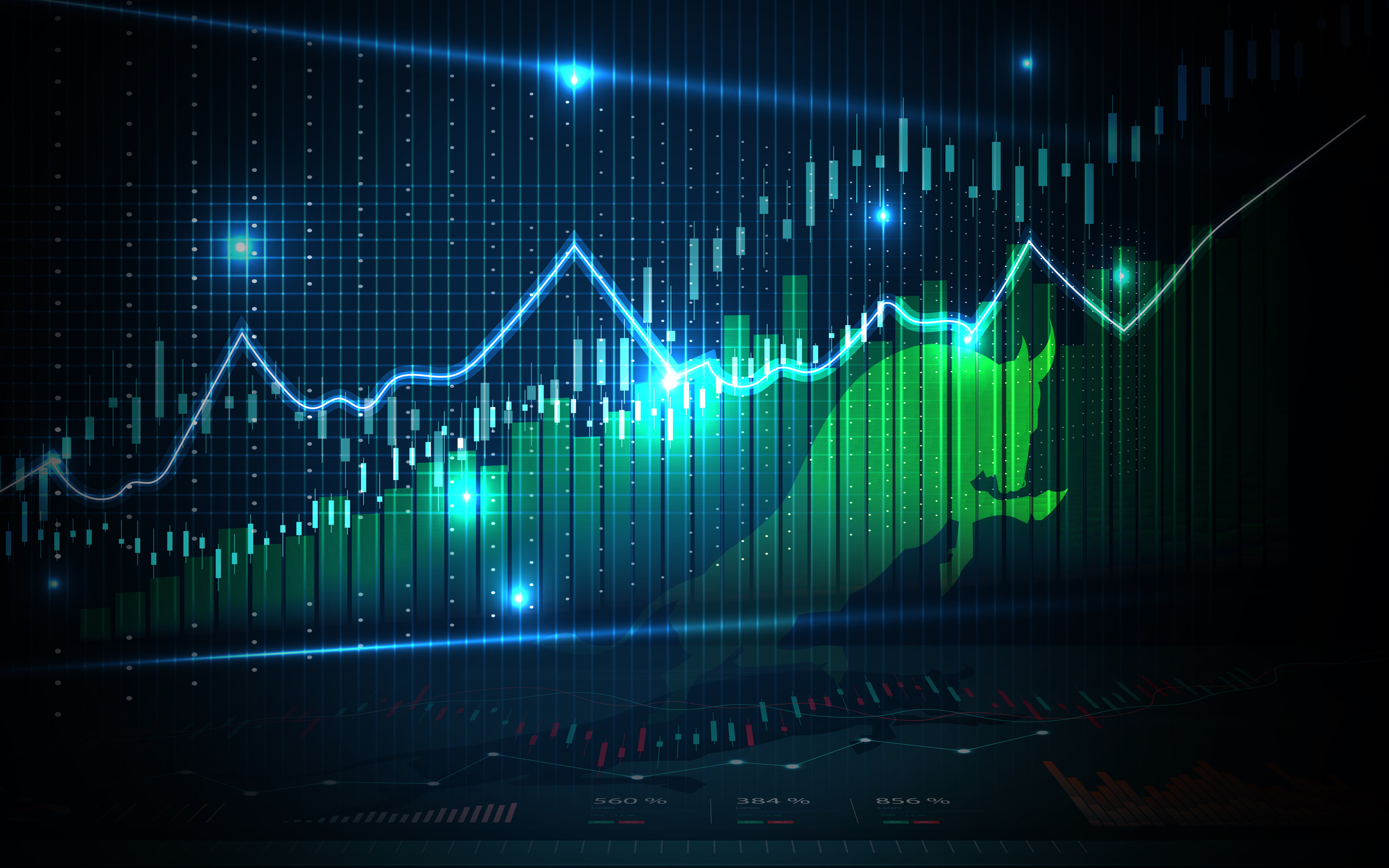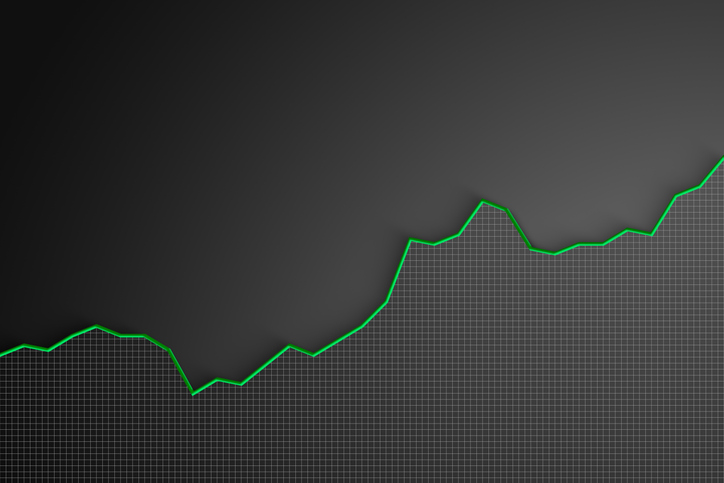The Best Utility Stocks to Buy
Utility stocks are defensive plays for investors, offering stability and reliable dividends. Here's how you can find the best ones to buy.


When turbulence sends the stock market into a tailspin, investors look for a handrail to brace themselves with. And that handrail often comes in the form of utility stocks.
The utility sector is made up of companies that fill some of humanity's most basic needs – electricity, heating gas, water and more.
And much like with consumer staples stocks, during times of economic difficulty, consumers will cut back on just about any number of expenditures before they stop paying their utility bills.

Sign up for Kiplinger’s Free E-Newsletters
Profit and prosper with the best of expert advice on investing, taxes, retirement, personal finance and more - straight to your e-mail.
Profit and prosper with the best of expert advice - straight to your e-mail.
This provides a steadier baseline of business demand than just about any other sector.
Today, we're going to take a closer look at the utility sector, including how it's defined, why investors seek exposure to it, and how to find the best utility stocks to buy.
What are utility stocks?
The short answer: Utility stocks are companies whose primary businesses involve distributing essentials such as power and water.
For a more complete answer, let's look to the Global Industry Classification Standard (GICS) – a framework used by major index providers to help classify public companies.
According to the GICS, "[The utility sector] comprises utility companies such as electric, gas and water utilities. It also includes independent power producers & energy traders and companies that engage in generation and distribution of electricity using renewable sources."
Why do investors buy utility stocks?
The primary driver behind interest in the utility sector is similar to that of healthcare stocks and consumer staples: They deal in necessities people can't go without.
As such, they enjoy a "stickiness" in revenues and earnings that would make most other industries chartreuse with jealousy.
For this reason, utility stocks are considered to be defensive stocks.
Indeed, they are the defensive stock. Because if your financial situation becomes dire enough, you very likely will eat less and possibly even cut back on some prescriptions before you let the power go out or have the water shut off.
Understandably, utility companies tend to have extremely little economic sensitivity.
They generate relatively stable revenues and profits. They create wads of free cash – and then turn right back around and hand much of that cash back to shareholders (as dividends).
In fact, utilities are almost always among the best-yielding market sectors.
Between their steady businesses and substantial dividends, you can see how these stocks can sometimes provide not just some level of safety, but upside potential when most other equities are on the rocks.
That said, utility stocks are hardly invincible and they don't always provide the protection they've become famous for.
During the 2020 COVID bear market, utilities were in the middle of the sector pack, providing no more protection than consumer discretionary stocks or tech stocks.
And during the Great Recession bear market, utilities were among the three best sectors (behind healthcare and staples), sure … but they still lost more than 40% at the market's nadir.
Also, utilities' stability works both ways. Many regulated utilities can slowly raise their rates over time, providing a continuous bump to the top and bottom lines.
However, that rate growth is often capped at a low-single-digit rate.
Combine that with the fact that utilities, which are constrained to certain geographic regions, can really only expand their user base with population growth in their areas of operations, and utilities typically have a very low ceiling on growth.
That said, an emerging trend has lit a fire under the feet of some utilities: artificial intelligence (AI). From a summer 2024 Goldman Sachs report:
Interestingly, the sector has become a derivative AI play, points out Ryan Hammond of Goldman Sachs Research. The rise of AI is expected to contribute to a substantial increase in power usage over the next decade, which could meaningfully drive electricity producers' businesses.
In other words, the sector may be staring down a rare opportunity to supercharge its results.
How to find the best utility stocks to buy
We can't tell you exactly what you'd want out of a utility stock – you might prefer larger companies to smaller firms, or you might only be interested in deep-value stocks from the space.
But we can help you start your search with a basic quality screen.
To get to the following list of the best stocks to buy in the utilities sector, we've looked for companies …
Within the S&P Composite 1500: This index is a combination of the S&P 500, S&P MidCap 400, and S&P SmallCap 600.
This screen allows for stocks of different sizes, but it still represents roughly 90% of America's market capitalization, weeding out the smallest stocks.
With a long-term estimated earnings-per-share growth rate of at least 5%: We want some level of earnings growth out of these names.
But we have to keep our expectations here on planet Earth – they are utilities, after all. (Just remember: Expectations don't guarantee results.)
With a dividend yield of at least 2.5%: Dividends aren't always the point with utility stocks … but they're often the point.
Given that, we'd like to see a yield that's well above what the market has to offer. So we're only including utility stocks that yield at least a little more than double the S&P 500's meager 1.2% rate.
That have grown their dividends by at least 5% over the past year: This screening component is about both generating cash for investors and also testing for quality.
Per the former: We don't want to just lock in a higher-than-average yield – we want stocks whose dividends can actually outpace inflation so our purchasing power isn't declining over time.
But dividend growth is also a nod toward a company's financial quality, as it shows management's confidence in being able to finance higher payments.
With at least five covering analysts: We'd like to look at stocks that are on Wall Street analysts' radar, which makes it likelier that there's both more reporting and more insights on these companies.
The more research we have at our disposal, the more educated a decision we can make.
With a consensus Buy rating: All of the stocks must have an average broker recommendation of 2.5 or less within S&P Global Market Intelligence's ratings scale.
S&P Global Market Intelligence converts analysts ratings into a numerical scale. Anything with a score of 2.5 or less is considered a Buy.
Stock (ticker) | Dividend yield | Estimated annual dividend-per-share growth rate | Long-term EPS growth rate | Analysts consensus recommendation |
IDACORP (IDA) | 2.9% | 5.5% | 8.3% | 1.75 |
NiSource (NI) | 2.8 | 6.8 | 8.0 | 1.53 |
DTE Energy (DTE) | 3.1 | 6.9 | 8.0 | 2.05 |
New Jersey Resources (NJR) | 3.6 | 5.4 | 7.6 | 2.22 |
CMS Energy (CMS) | 2.9 | 5.8 | 7.3 | 2.21 |
Sempra (SRE) | 3.7 | 5.6 | 7.0 | 2.11 |
Ameren (AEE) | 2.6 | 6.3 | 6.9 | 2.24 |
Public Service Enterprise Group (PEG) | 3.1 | 5.7 | 6.6 | 2.35 |
Essential Utilities (WTRG) | 3.2 | 6.6 | 6.5 | 1.46 |
FirstEnergy (FE) | 4.1 | 5.6 | 5.7 | 2.39 |
Related content
Get Kiplinger Today newsletter — free
Profit and prosper with the best of Kiplinger's advice on investing, taxes, retirement, personal finance and much more. Delivered daily. Enter your email in the box and click Sign Me Up.
Kyle Woodley is the Editor-in-Chief of WealthUp, a site dedicated to improving the personal finances and financial literacy of people of all ages. He also writes the weekly The Weekend Tea newsletter, which covers both news and analysis about spending, saving, investing, the economy and more.
Kyle was previously the Senior Investing Editor for Kiplinger.com, and the Managing Editor for InvestorPlace.com before that. His work has appeared in several outlets, including Yahoo! Finance, MSN Money, Barchart, The Globe & Mail and the Nasdaq. He also has appeared as a guest on Fox Business Network and Money Radio, among other shows and podcasts, and he has been quoted in several outlets, including MarketWatch, Vice and Univision. He is a proud graduate of The Ohio State University, where he earned a BA in journalism.
You can check out his thoughts on the markets (and more) at @KyleWoodley.
-
 Stock Market Today: Trump Retreats, Markets Rejoice
Stock Market Today: Trump Retreats, Markets RejoiceStocks rally, yields soften, the dollar rises, and even beaten-down names enjoy the wages of potential trade peace.
By David Dittman
-
 In Trump’s Economy Should 401(k) Savers 'Set It and Forget It?'
In Trump’s Economy Should 401(k) Savers 'Set It and Forget It?'It’s hard to bury your head in the sand when the markets are volatile. Here’s when it makes sense and when it doesn’t.
By Donna Fuscaldo
-
 Stock Market Today: Trump Retreats, Markets Rejoice
Stock Market Today: Trump Retreats, Markets RejoiceStocks rally, yields soften, the dollar rises, and even beaten-down names enjoy the wages of potential trade peace.
By David Dittman
-
 Tesla Stock Pops as Elon Musk Promises DOGE Draw Back
Tesla Stock Pops as Elon Musk Promises DOGE Draw BackTesla reported a sharp drop in first-quarter earnings and sales, as the EV maker suffered a backlash to its CEO's political ambitions.
By Karee Venema
-
 Bouncing Back: New Tunes for Millennials Trying to Make It
Bouncing Back: New Tunes for Millennials Trying to Make ItAdele's mournful melodies kick off this generation's financial playlist, but with the right plan, Millennials can finish strong.
By Alvina Lo
-
 Early-Stage Startup Deals: How Do Convertible Notes Work?
Early-Stage Startup Deals: How Do Convertible Notes Work?Some angel investors support early startups by providing a loan in exchange for a convertible note, which includes annual interest and a maturity date.
By Murat Abdrakhmanov
-
 Stock Market Today: Stocks Soar on China Trade Talk Hopes
Stock Market Today: Stocks Soar on China Trade Talk HopesTreasury Secretary Bessent said current U.S.-China trade relations are unsustainable and signaled hopes for negotiations.
By Karee Venema
-
 How Can Investors Profit From AI's Energy Use?
How Can Investors Profit From AI's Energy Use?Global energy demand is expected to grow by leaps and bounds over the next several years as AI usage accelerates. Here's how to get a piece of the pie.
By Jacob Schroeder
-
 Can Trump Fire Powell? A Supreme Court Case Could Decide
Can Trump Fire Powell? A Supreme Court Case Could DecidePresidential posts threaten to overwhelm decades of precedent and tradition, whatever the nine justices decide.
By David Dittman
-
 What Are AI Agents and What Can They Do for You?
What Are AI Agents and What Can They Do for You?AI agents promise to be the next big thing in artificial intelligence, but what exactly do they do?
By Tom Taulli